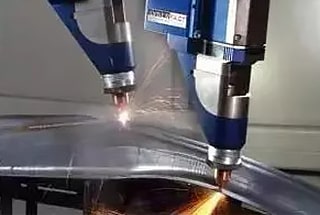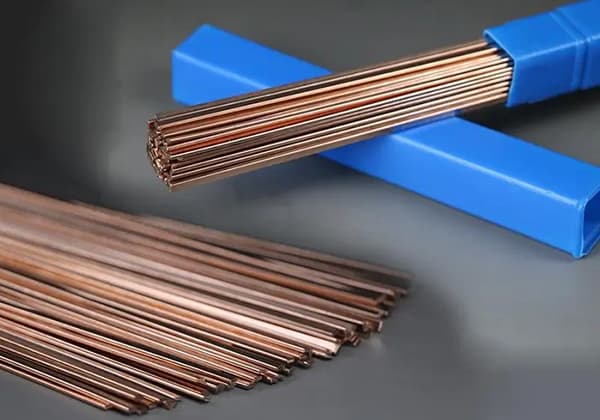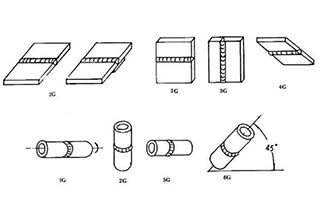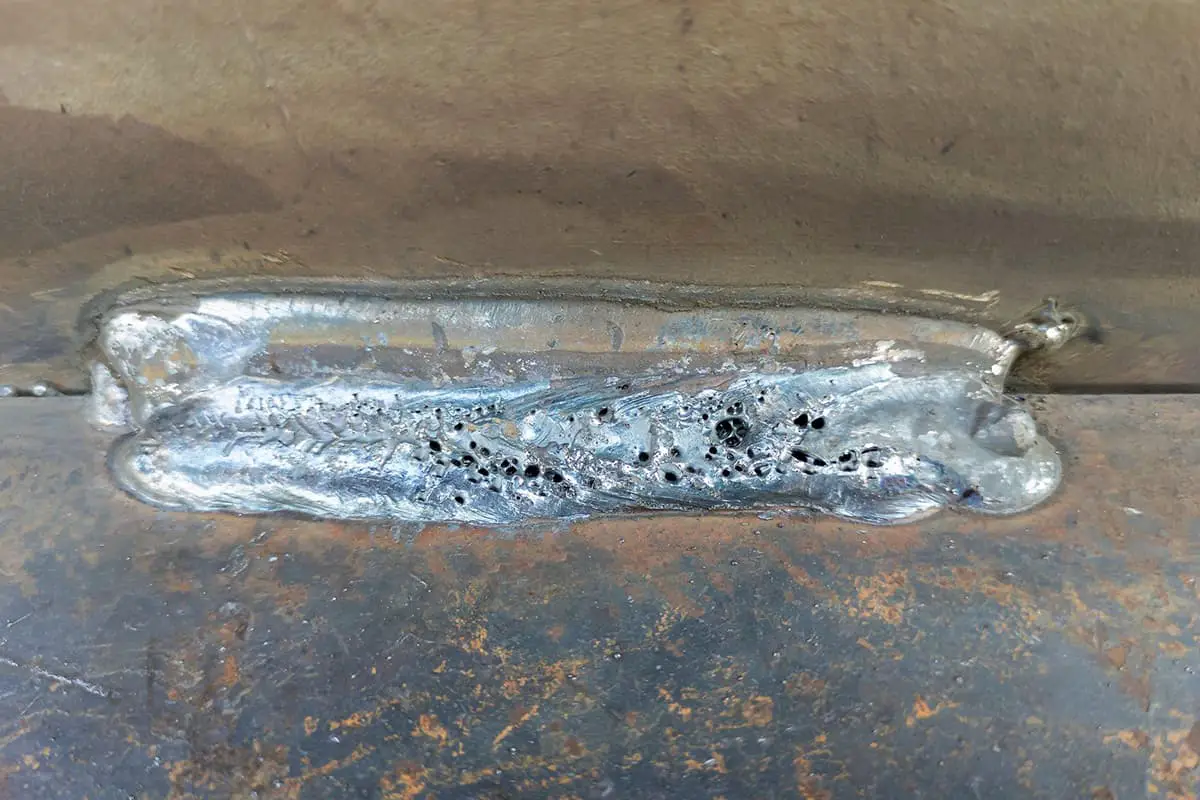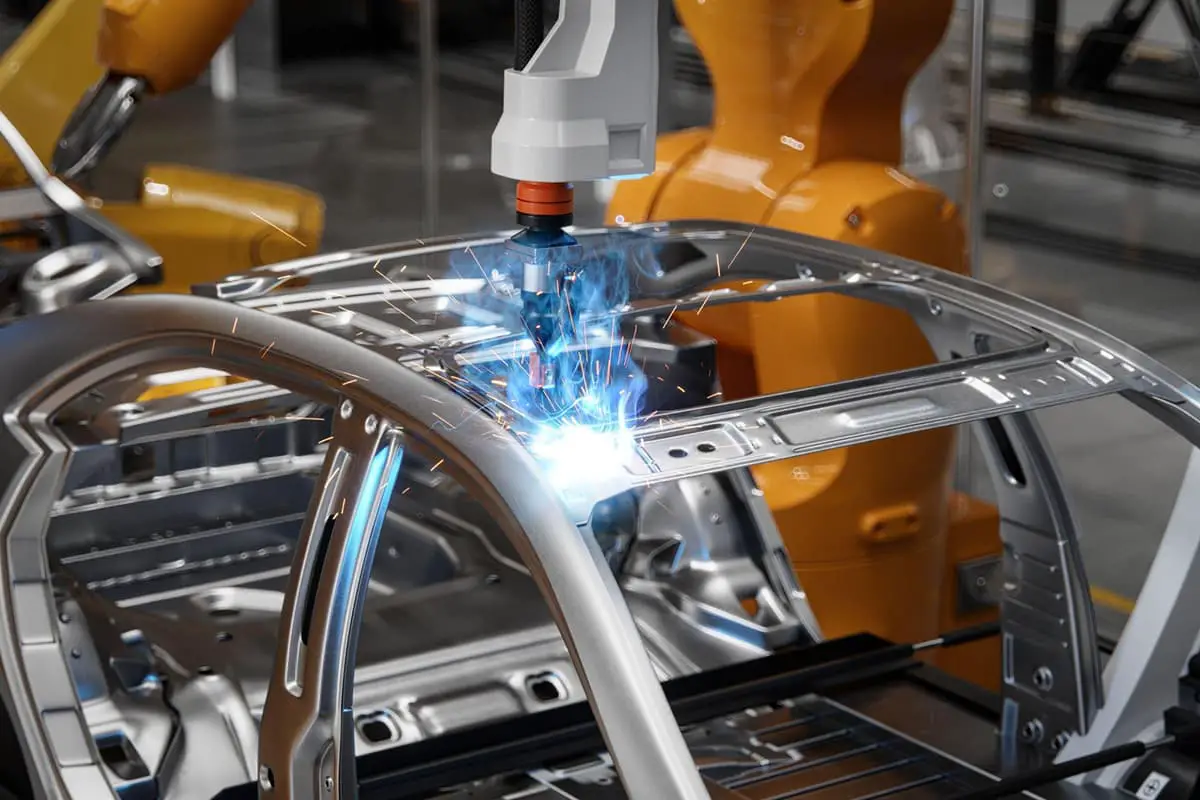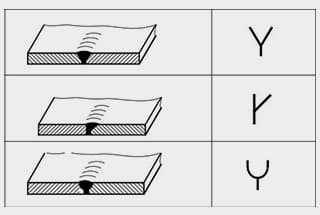
Ever wondered why post-weld heat treatment (PWHT) is essential for welded structures? This process is crucial in reducing residual stress, preventing cracking, and enhancing the durability of welded components. By heating and cooling the welds, PWHT improves mechanical properties and ensures long-term performance. Dive into this article to understand the methods, benefits, and considerations of PWHT, and learn how it can significantly impact the quality and safety of welded constructions.

Welding residual stress is caused by uneven distribution of temperature in the welded parts, thermal expansion and contraction of the weld metal, etc., so accompanying welding construction will inevitably generate residual stress.
The most common method of eliminating residual stress is high-temperature tempering, that is, heating the welded parts to a certain temperature and maintaining them for a certain time in a heat treatment furnace.
By reducing the yield limit of the material at high temperature, plastic flow occurs in areas with high internal stresses, elastic deformation gradually decreases, and plastic deformation gradually increases, thereby reducing stress.
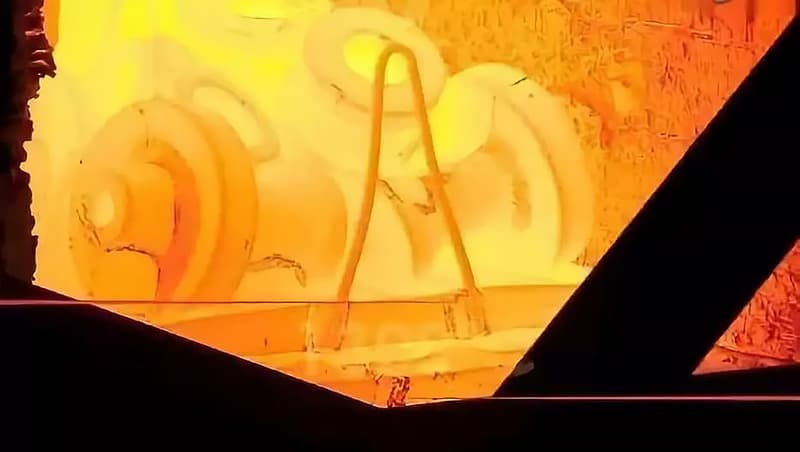
The effect of post-weld heat treatment on the tensile strength and creep limit of metals is related to the temperature and holding time of the heat treatment. The impact toughness of weld metal after heat treatment varies with different steel grades.
Generally, single high-temperature tempering or normalizing plus high-temperature tempering is selected for post-weld heat treatment. For gas welding joints, normalizing plus high-temperature tempering heat treatment is used because the grains in the weld and heat affected zone of gas welding are coarse and need to be refined by normalizing.
However, a single normalizing treatment cannot eliminate residual stress, so high-temperature tempering is required to eliminate stress. Single intermediate tempering is only suitable for the assembly welding of large ordinary low-carbon steel containers on the construction site, with the purpose of partially eliminating residual stress and removing hydrogen.
In most cases, single high-temperature tempering is selected. The heating and cooling during heat treatment should not be too fast, and both the inner and outer walls should be uniformly heated.
There are two types of heat treatment methods used for pressure vessels: one is heat treatment to improve mechanical properties, and the other is post-weld heat treatment (PWHT).
Broadly speaking, PWHT is a heat treatment carried out on the welded area or welded components after the workpiece has been welded.
Specific content includes stress relief annealing, full annealing, solid solution treatment, normalizing, normalizing plus tempering, tempering, low temperature stress relief, precipitation treatment, etc.
Narrowly speaking, PWHT only refers to stress relief annealing, which uniformly and sufficiently heats the welded area and related parts below the metal phase transition temperature in order to improve the performance of the welded area and eliminate the harmful effects of residual welding stress, followed by uniform cooling.
In many cases, the heat treatment discussed for PWHT is essentially stress relief annealing after welding.
(1) Relax welding residual stress.
(2) Stabilize the shape and size of the structure, reduce distortion.
(3) Improve the performance of the base metal and welded joints, including:
(4) Improve resistance to stress corrosion.
(5) Further release harmful gases, especially hydrogen, in the weld metal to prevent delayed cracking.
Whether post-weld heat treatment is necessary for pressure vessels should be clearly specified in the design, and current pressure vessel design standards have requirements for this.
The welded area of a pressure vessel has significant residual stress, and the adverse effects of residual stress only manifest under certain conditions. When residual stress combines with hydrogen in the weld, it will cause hardening of the heat-affected zone, leading to the occurrence of cold cracking and delayed cracking.
The static stress existing in the weld or the dynamic load stress during operation combined with the corrosion of the medium may cause stress corrosion cracking, known as SCC.
The residual welding stress and the martensitic hardening caused by welding are important factors in the generation of stress corrosion cracking.
Research results have shown that the main effect of deformation and residual stress on metal materials is to transform uniform corrosion into localized corrosion, namely intergranular or transgranular corrosion. Of course, both corrosion cracking and intergranular corrosion occur in media with certain characteristics for that particular metal.
In the presence of residual stress, depending on the different composition, concentration, and temperature of the corrosive medium, as well as differences in the composition, structure, surface state, and stress state between the base metal and the welded area, the nature of corrosion damage may change.
Whether post-weld heat treatment is required for welded pressure vessels should be determined by considering the purpose and size of the vessel (especially the thickness of the wall panel), the performance of the materials used, and the working conditions. If any of the following situations occur, post-weld heat treatment should be considered:
Residual stresses reaching the yield point are formed in the vicinity of the weld seam in steel welded pressure vessels. The generation of this stress is related to the transformation of austenite-containing structure.
Many researchers have pointed out that a tempering process at 650°C can effectively eliminate the residual stress after welding of steel welded pressure vessels.
At the same time, it is believed that without proper post-weld heat treatment, a corrosion-resistant welded joint cannot be obtained.
It is generally believed that stress relief heat treatment refers to the process in which the welded workpiece is heated to 500-650°C and then slowly cooled. The reduction of stress is due to creep at high temperature, which starts at 450°C in carbon steel and 550°C in molybdenum-containing steel.
The higher the temperature, the easier it is to eliminate stress. However, once the original tempering temperature of the steel is exceeded, the strength of the steel will decrease. Therefore, it is necessary to control both temperature and time in stress-relieving heat treatment.
However, in the internal stress of the weldment, tensile stress and compressive stress always coexist, and stress and elastic deformation exist simultaneously.
As the temperature of the steel rises, the yield strength decreases, and the original elastic deformation becomes plastic deformation, resulting in stress relaxation.
The higher the heating temperature, the more fully the internal stress can be eliminated. However, when the temperature is too high, the surface of the steel will be seriously oxidized.
In addition, for PWHT temperature of quenched and tempered steels, the principle should be not to exceed the original tempering temperature of the steel, generally about 30 degrees lower than the original tempering temperature of the steel.
Otherwise, the material will lose its quenching effect, and the strength and fracture toughness will decrease. This point should be paid special attention to by heat treatment workers.
The higher the post-weld heat treatment temperature for stress relief, the greater the degree of softening of the steel, usually heated to the recrystallization temperature of the steel, and the internal stress can be eliminated. The recrystallization temperature is closely related to the melting temperature.
Generally, the recrystallization temperature K = 0.4X melting temperature (K). The closer the heat treatment temperature is to the recrystallization temperature, the more effective the residual stress relief.
Post-weld heat treatment is not always advantageous. Generally, post-weld heat treatment is beneficial for mitigating residual stress and is only carried out in cases where strict requirements for stress corrosion are needed.
However, the impact toughness test of the specimens shows that post-weld heat treatment is detrimental to the toughness improvement of the weld metal and heat-affected zone, and sometimes intergranular cracking may occur within the grain coarsening range of the heat-affected zone.
In addition, PWHT relies on the decrease in material strength at high temperatures to achieve stress relief. Therefore, during PWHT, the structure may lose rigidity.
For structures that adopt overall or partial PWHT, the supporting capacity of the welded joint at high temperatures must be considered before heat treatment.
Therefore, when considering whether to carry out post-weld heat treatment, both the advantages and disadvantages of heat treatment should be comprehensively compared.
From the perspective of structural performance, there are both aspects that can improve performance and aspects that can reduce performance. Reasonable judgments should be made based on a comprehensive consideration of both aspects.


